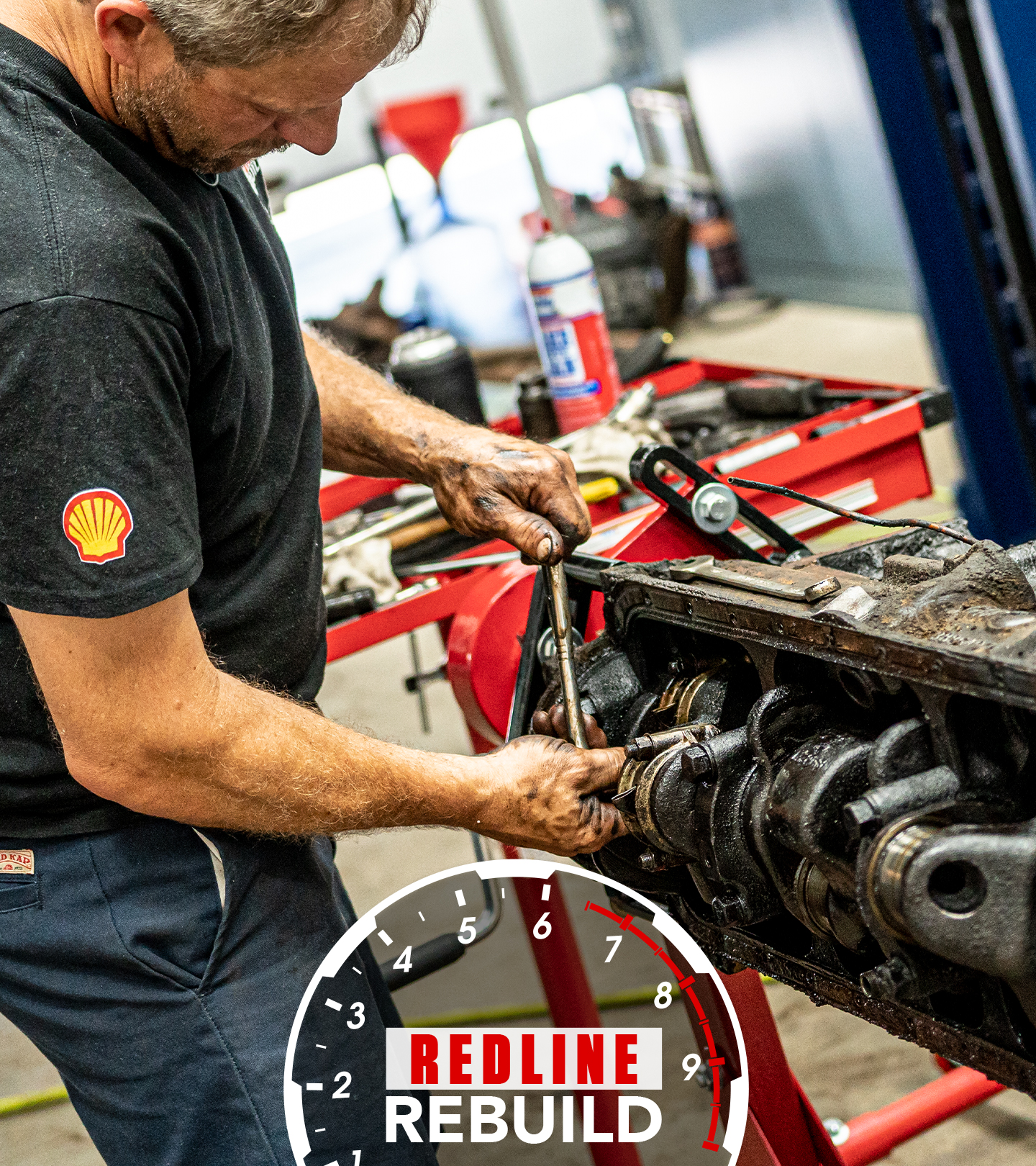How spark plugs work and what they can tell you about your engine | DIY - Hagerty Media
The humble spark plug is well over a century old, but its technology and function have remained unchanged. Learning how a spark plug works and what it can tell you about your engine is critical, even in the age of highly intelligent, computer-controlled engines. From heat range to material, we are here to share what you should know about these hardworking components.
Construction
From the outside, a spark plug appears very simple and, in a few ways, it is. The top of the plug is a cap, and the spark-plug wire attaches to it. The cap also connects to the electrodes that run through the center of the ceramic porcelain insulator. The final piece is the threaded case that holds everything and creates the grounding connection. The electrode pokes out the base of the plug in line with a small ground strap, thus providing a clear path for the high-voltage arc to follow and ignite the fuel and air mixture in the cylinder.
We can’t talk about spark plug construction without mentioning heat ranges. The basic thing to keep in mind here is that a “colder” plug snaps off the same spark energy as a “hotter” plug. Heat ranges have nothing to do with energy and everything to do with keeping the plug clean. Ideal operating temperature for a spark plug is between 900 and 1500 degrees Fahrenheit. This is hot enough that the porcelain ceramic that surrounds the electrode tip in the combustion chamber can burn off any contaminants or combustion byproducts that stick to it.
A colder plug has more insulation and therefore transfers more heat away from the electrode into the cylinder head or engine block. Too cold, and the contaminants build up and foul the plug; too hot, and the porcelain will crack and degrade.
Types
There are four main types of plug construction: copper, platinum, double platinum, and iridium. Each step up brings a price increase, but also greater durability and spark energy. The shape of each is unique and, if you’re pulling apart an unknown engine, can help you identify which kind of plug you’re looking at. The shape of the electrode is the most obvious tell; to differentiate between a platinum and a double platinum plug, look for the disc on the ground strap.
There are also two types of sealing mechanisms: a crush gasket and a conical seat. The crush gasket is the most common and the simplest. The conical seat is reasonably rare and should only be used with cylinder heads that have been cut with a matching seat; if you’re used to crush gaskets, you may find the torque specification for conical-seat plugs surprisingly low.
Reading
A spark plug can tell you a lot about the running condition of an engine. A buildup of oil or other contaminants can cause a plug to foul and stop firing, while a worn-out plug can misfire after the electrode and ground strap are consumed over many hours of use. Pulling the spark plugs is a simple task on most engines, so even if the engine seems to be running normally, a quick check won’t hurt.
The spark plug is a critical piece in a standard non-compression ignition engine. Understanding this humble component goes a long way to helping you understand how to keep your engine in top shape or, if you’re looking for more power, to tweak its performance. There are more information-packed DIY videos coming, so be sure to subscribe to the Hagerty YouTube channel to never miss an installment.










